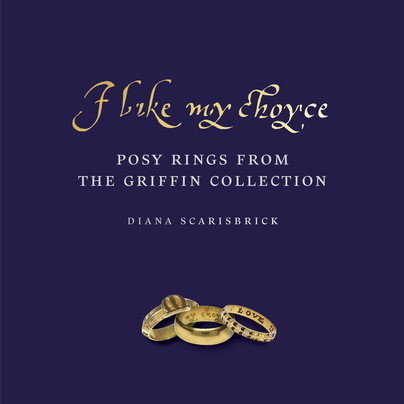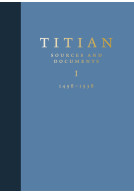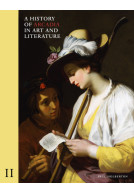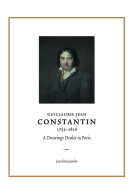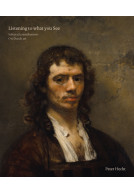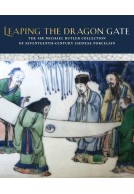I like my choyse: Posy Rings from The Griffin Collection (Hardback)
Pages: 224
Illustrations: 350
ISBN: 9781912168217
Published: 15th July 2021
Casemate UK Academic
(click here for international delivery rates)
Need a currency converter? Check XE.com for live rates
The distinguished private collection, known as the Griffin Collection, comprises in its entirety examples of every category of ring – signet, devotional, memorial, decorative – dating from antiquity to modern times. This catalogue, focusing on about 150 rings in the collection, is concerned with perhaps the most personal rings of all, those associated with love and marriage. Some can be recognised by the figure of Cupid armed with his quiver of golden arrows, others by the symbols of heart and clasped hands. However, the majority are gold bands, sometimes plain and occasionally decorated, that are inscribed with mottoes in English expressing the admiration, affection, and pledges of fidelity which bind humankind together.
Known as posies or little poems because they often rhyme, these mottoes were current on rings from the late Middle Ages until the middle of the 19 th century. Through these rings, Ms. Scarisbrick engagingly tells the long story of the relations between the sexes from the fifteenth century, when the cult of courtly love was superseded by an idealization of monogamous marriage, to an end in the twentieth century as a result of a different moral outlook.
Scholars would agree that the Griffin Collection of posy rings makes an important contribution to English social history and connects with the national literature from Chaucer to Byron. Small though they are in scale, their significance was appreciated by Victorian collectors, and they are well represented in the leading museums, notably the Victoria and Albert Museum, the British Museum, and the Museum of London, as well as the Ashmolean and Fitzwilliam museums in Oxford and Cambridge. Yet none of these institutions have ever published fully illustrated catalogues of their posy rings, nor has there been an up-to-date study since the seminal monograph by Joan Evans entitled English Posies and Posy rings (1931). In this respect, the catalogue of the Griffin Collection, which illustrates the rings and sets them in context, using wide-ranging literary and historical sources, breaks new ground. It also contains posy rings with inscriptions hitherto unrecorded and others with identified maker’s marks.







